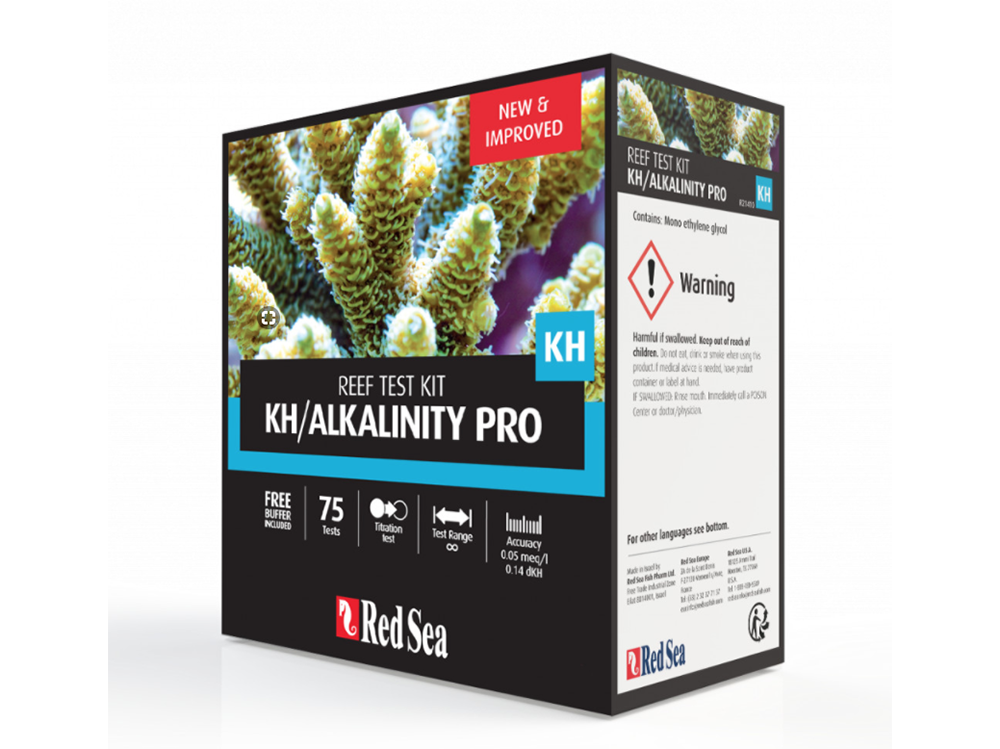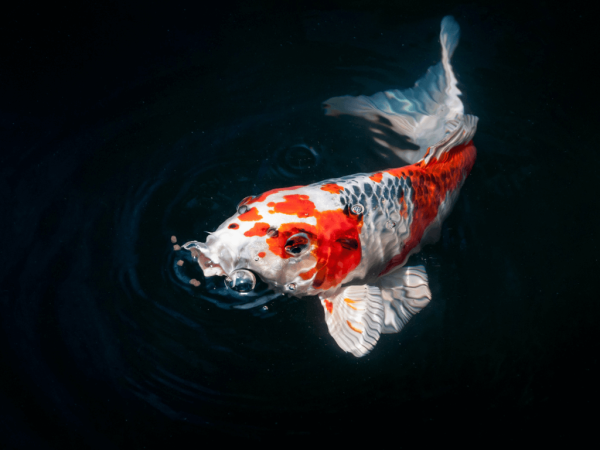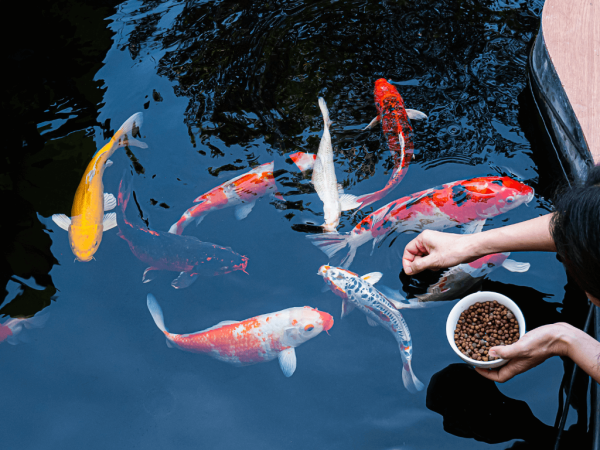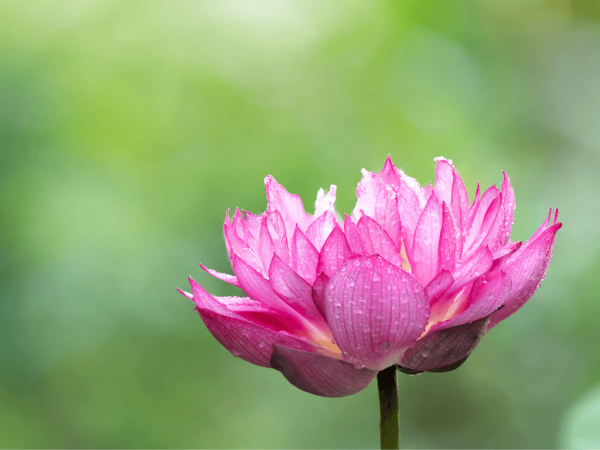How to test alkalinity in a reef tank
Alkalinity, also known as KH, dKH or Carbonate Hardness is one of the most important parameters in a reef tank. Control KH and you will be well on the way to success as it is as important as salinity, and temperature.
The KH in the oceans is 7-8 and when you mix up most saltwater that’s the KH you will start off with. Some Pro or Reef salt recipes have a higher KH to offer a degree of buffering before you need to do anything. A KH of 9-12 is also acceptable and the key to a good KH is to have it above 7 and to maintain it. Test KH before you buy your first corals to ensure that it’s at 7 or above, using a KH test kit.
But corals use KH up rapidly so after you add corals, test the KH of the water daily to monitor the level. Keep a daily record of KH and if it drops to 7, you will need to take action to raise it back up.
How to raise Alkalinity
KH can be raised back up in three ways. You can conduct a water change, replenishing other elements at the same time, you can add a calcium reactor to the system (which involves a lot of extra equipment,) or you can add a KH buffer. Because few people want or need to be changing water every day, and a calcium reactor involves a reactor, media, pump, pH probe and CO2 set, the daily addition of a liquid KH buffer solution is the most popular choice.
Test your water every day and monitor how much it drops. Add a fixed amount of buffer to the water (e.g 5ml) to see how much it comes back up. If you need to add 5ml per day to keep the KH at 8, then that is your tank’s KH consumption. And if you dose buffer on a weekly basis, your tank is using 35ml per week.
How to automate dosing
When stability is key to a successful reef tank, daily dosing is better than weekly dosing as it prevents swings in KH, which corals don’t experience in the ocean. Daily dosing of KH and other additives can be time-consuming and problematic if you forget, but there are machines available which will dose KH and other elements like Calcium and Magnesium for you, called dosers.
A doser can be programmed to pump the correct amount of KH buffer into your tank every day. What’s more, it can even further divide a fixed dose into several smaller doses administered throughout the day, aiding stability. It uses a peristaltic pump to suck the solution from the bottle and drop into the tank, which can also be the main tank and doesn’t have to a sump. Most of the world’s best reef tanks use automated dosing to administer KH, Calcium, Magnesium and other elements on a daily basis, and its recommended to do the same.









